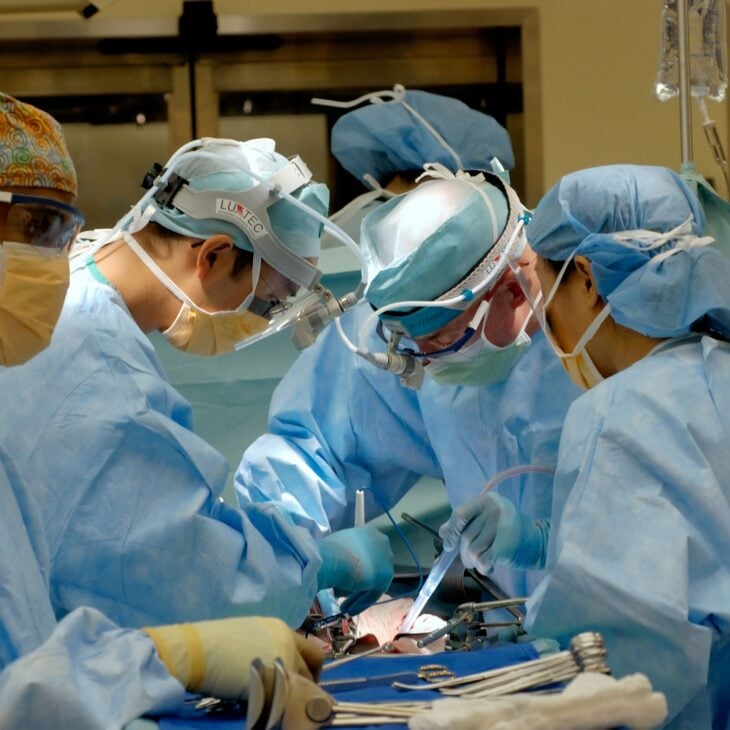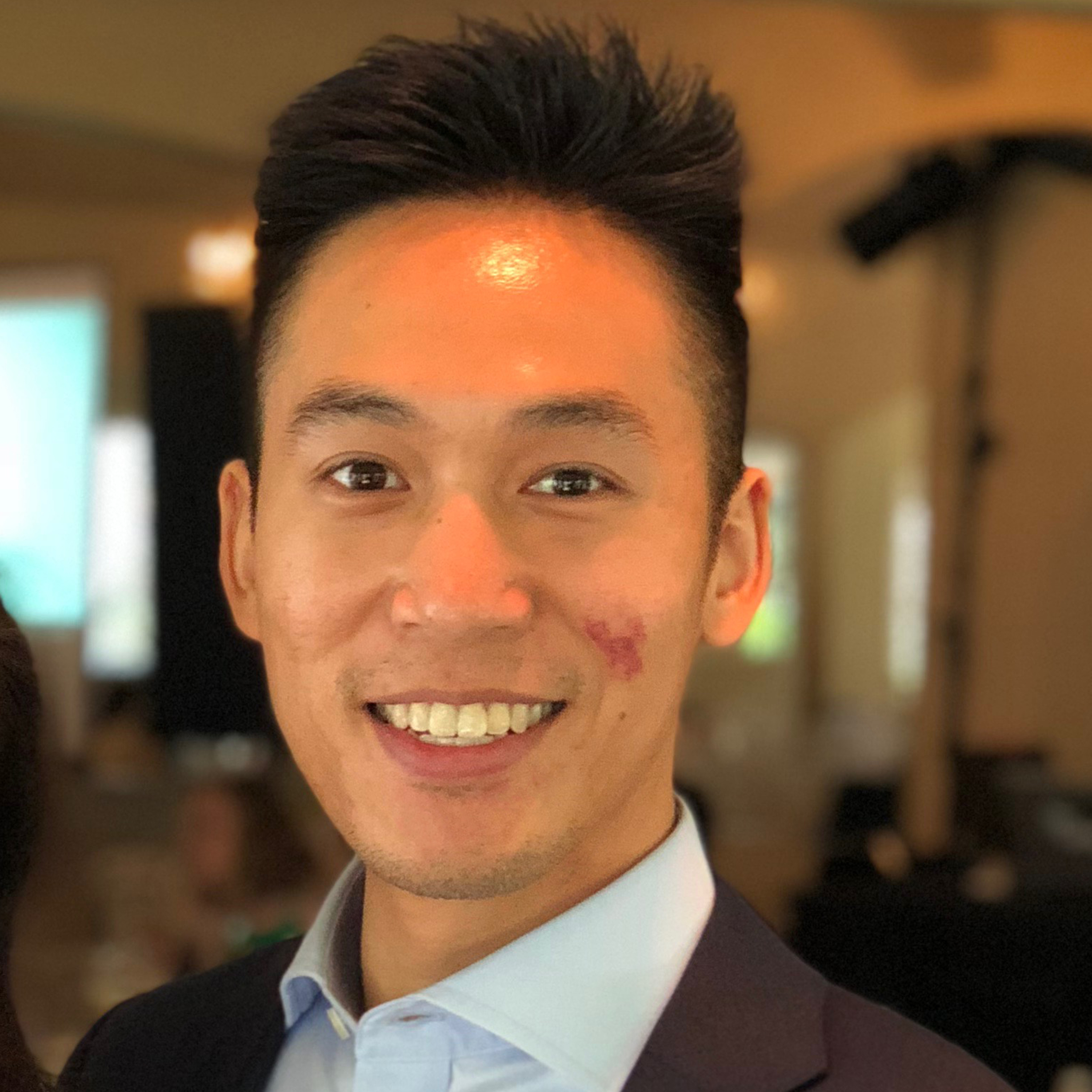How Hospital Chaplains Can Help Patients — No Religion Required
July 14, 2022

“The man who has many answers is often found in the theaters of information where he offers, graciously, his deep findings. While the man who has only questions, to comfort himself, makes music.”
– Mary Oliver
My co-fellow in the Sacred Journey Fellowship, Ariel Burger, reflects that striving for answers to all questions rarely leads to happiness. Instead, individuals who seek questions or responses rather than answers find fulfillment. As a plastic and reconstructive surgeon-in-training and an aspiring interfaith leader, I often face questions that do not have a simple answer or simply do not have an answer. I am trained to offer a surgical answer, but that may not always be the most prudent response. To arrive to an immediate and decisive plan for action in the face of illness and crisis can flatten the patient’s human experience, ignore their past existence, and neglect their future aspirations. I learned recently from a patient named Chris that sometimes the best response lies in more questions.
Chris was in his early 30’s and had been battling sarcoma of his leg for years. He had undergone tumor removal with multiple, extensive reconstructive surgeries. He had radiation of his leg afterwards and was recovering appropriately until he suffered a radiation-induced fracture. It was decided that Chris would have his fracture repaired with the orthopedic surgeon and then reconstruction with the plastic surgeon to minimize his chance of future fractures. Despite a valiant surgical effort and close monitoring in the intensive care unit afterwards, he suffered a complication that would require another major surgery. As the on-call resident, I first noticed there was an issue with his reconstruction. I called my attending surgeon, and we broke the bad news to him together. Yet another setback for him. We talked to him extensively about what to do next surgically and how we could best reconstruct his body. But I knew by his body language that he was grappling with defeat and disappointment. He was not ready for our plans and action. In my surgical training, I have encountered scenarios where we have been too focused on providing answers and coming to a surgical solution. As surgeons, we are hyper-focused on evidence in the face of uncertainty. We are trained to prioritize answers and plans above all else, and we may not allow ourselves to accept the gravity of scenarios. As a result, we do not allow our patients the moment to “be” and expect them to “act” on our timeline.
As I left Chris’s room, I put my hand on him and said, “I am going to have a chaplain come by your room to chat with you. Do not feel you have to speak with them, but I want them to visit briefly.” The chaplain came by to see Chris. During that brief hour, they discussed his motivations for healing – his desire to be a good father for his two young daughters, his concerns for continuing his career as a chef. The patient identified as non-religious and non-spiritual. Nevertheless, the chaplain provided the patient the resources to frame and define his human experience. The chaplain said to me afterwards, “I gave him the opportunity to sit with his emotions.” Unfortunately, I felt we had pushed that opportunity to the background. When reacting to Chris’s problem, we immediately answered, “This is how we can save your leg.” While I strive to mold my treatment to fit my patients’ desires, goals for long-term function, and tolerance for surgical risk, I have encountered scenarios where my patient feels more like a passenger than as the driver of their reconstructive journey. They can feel reduced to the canvas with which the story is told rather than the artist.
As a strong proponent of spiritual care and the power of interfaith interactions in healthcare, I purposefully sought out Chris’s chaplain to gather his insights on spiritual care for patients with reconstructive needs. I learned that chaplaincy is not limited to providing religious care. Chaplains help patients navigate the human experience, providing spiritual and religious care as needed. Each chaplain develops their own process for addressing the human experience and providing spiritual care, based on their own experiences and religious/spiritual upbringing. The chaplain discussed that he enjoys being part of patient care in the hospital and understands that physicians have time constraints that may take them away from patients at crucial moments like Chris’. Lastly, the chaplain hoped that eventually all healthcare providers will be confident in recognizing a patient’s spiritual and/or emotional distress.
My experience caring for Chris has reinforced the importance of spiritual care for all of my patients. Reconstructive and plastic surgery can provide so much relief of physical and emotional suffering for patients, but I cannot respond to patients’ grief, loss, and coming to a new understanding of their human experience with surgical answers alone. I recognize the limitations of my expertise when responding to my patients’ emotional and spiritual distress, and I have a deeper appreciation for what chaplaincy can provide for patients. Healing ultimately takes a village. A surgeon must know when and how to act. A chaplain will know how to empower the patient, how to recover their agency in a time of distress. Treating Chris revealed my shortcomings, but I take solace that my hospital and many around the world care for patients with teams of gifted and empathetic individuals. This teamwork – from the chaplain to the bedside nurse – gives my patients the moments to “be” and the moments to “act”.
Share
Related Articles
American Civic Life
American Civic Life
Faith Based Efforts Work in Vaccine Uptake: Now Let’s Make it Easy
American Civic Life
We Commemorate, We Commit: Out of Catastrophe, a Conversation on Connection and Repair

Dr. Lawrence Lin
Dr. Lawrence Lin is an Interfaith America Sacred Journey Fellow. He is a Humanist who grew up in Texas and currently lives in Columbus, Ohio. Lawrence was born and raised as the son of Taiwanese immigrants. He grew up in a Buddhist family, though he was generally indifferent to this unless he was praying alongside his grandparents in the temple. Lawrence’s first interfaith experience was as a young child spending time with his mother at a local church where she used to help out the Sunday school to make ends meet. However, he didn’t recognize the power of religion, spirituality, and interfaith until he took a class titled “Religion and Hip Hop” – taught by an inspirational humanist scholar – in his first year as an undergraduate student at Rice University in Houston. Ever since that experience, Lawrence has sought to explore the various ways interfaith interaction can improve education and teamwork. As a medical student, Lawrence developed an experiential learning course that took students across the city of Houston visiting various places of worship and learning from faith leaders and congregant members about religion, spirituality, and medicine. Now as a resident surgeon in plastic and reconstructive surgery, Lawrence continues to seek opportunities to study the intersection of religion, spirituality, and patient care.



